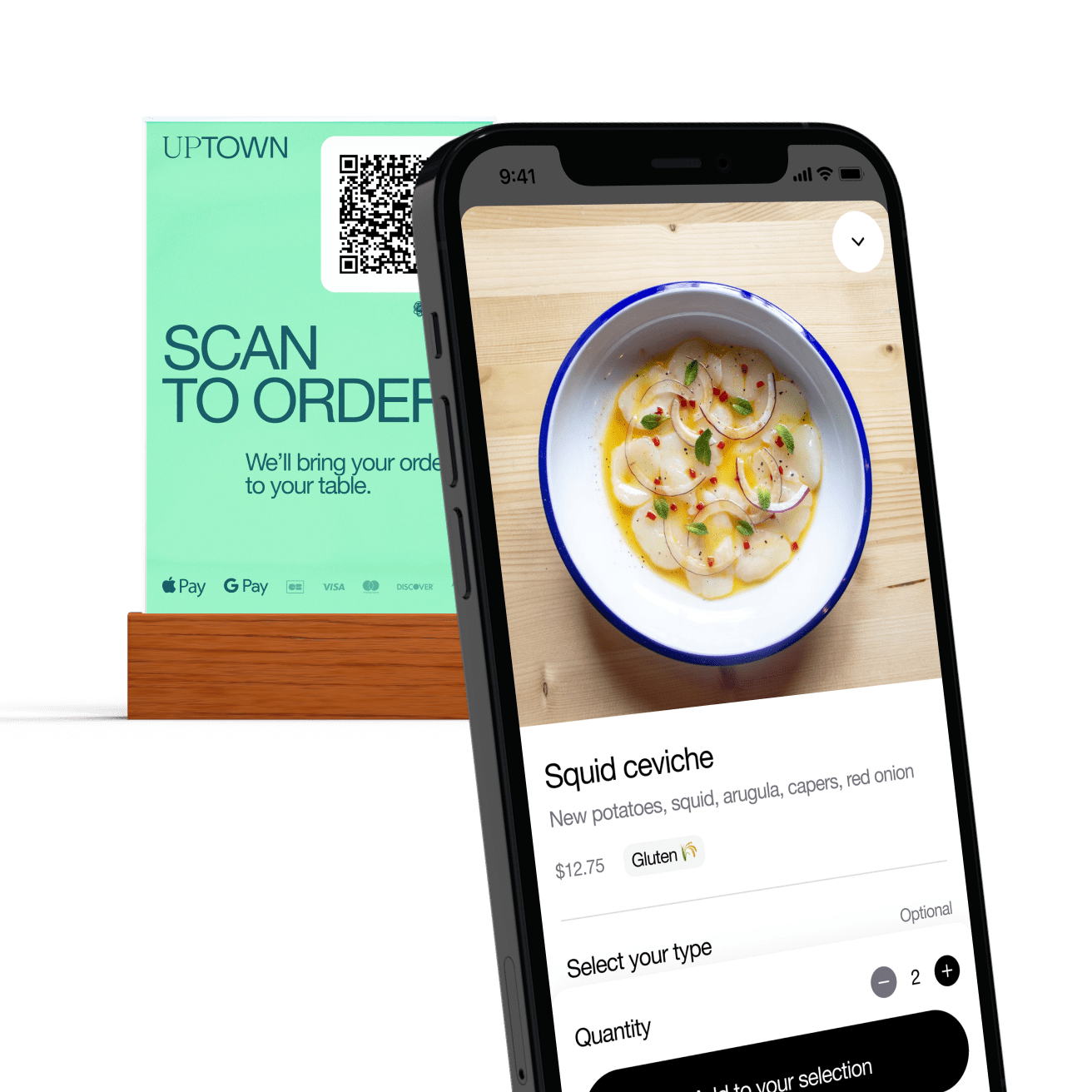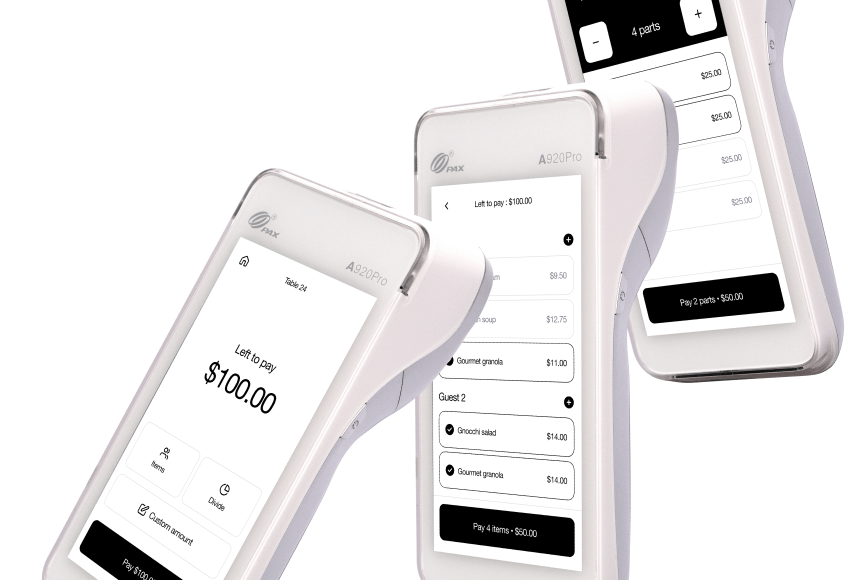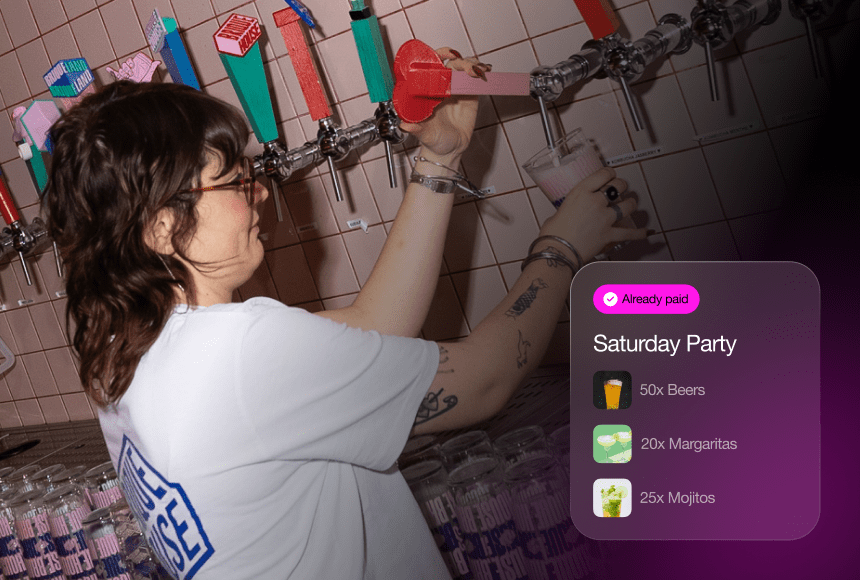
Transforming Dining: How QR Code Ordering Shapes the Modern Restaurant Journey
The Rise of QR Codes in Hospitality
Imagine walking into a busy restaurant on a Friday night. Instead of scanning a crowded menu board, flipping through worn-out paper menus, or waiting for a server, you simply hover your phone over a small, black-and-white square. In seconds, the menu lights up on your screen, letting you browse specials, build your order, and pay when you’re ready—all without flagging down anyone. This reality is becoming the norm, thanks to QR code ordering.
Originally, QR codes (short for Quick Response codes) were a novelty. In the early 2000s, you might have seen them on a product label or an event flyer. Fast-forward to the 2020s, and they’re central to the restaurant experience. According to a National Restaurant Association survey, over 70% of diners say they appreciate the convenience of contactless menus. What started as a necessity during the pandemic—limiting physical contact with menus—has turned into a mainstream solution reshaping the dining journey.
Convenience and Speed: A Core Benefit of QR Codes
Few things can derail a good dining experience like waiting. Long lines. Slow service. Unclear instructions. QR code ordering tackles these pain points head-on, with a focus on speed and simplicity. The moment you sit down, there’s no confusion about how to get your meal started—you scan, you pick, and you’re done.
This streamlined approach does more than just save time. It sets the tone for an overall hassle-free experience. In a busy lunch spot where office workers have only 30 minutes to spare, scanning a menu in seconds and firing off an order instantly can be the difference between a satisfying break and a stressful rush. Or consider a family dinner: rather than juggling kids, crayons, and sticky ketchup packets, parents can place orders right away, ensuring little ones don’t get too restless before the food arrives.
Speed matters, especially in a world where we expect instant results from our technology. By removing the friction of waiting for paper menus or servers just to get started, QR codes streamline the front-end of the dining process. Diners feel in control, which sets a positive tone for the rest of their meal.
Interactive and Dynamic Menus
One of the most appealing aspects of QR code ordering is how dynamic it can be. Rather than a static, printed list of dishes, these digital menus can adapt based on availability, season, or even time of day. Out of salmon? Remove it from the menu instantly so customers don’t waste time reading about a sold-out entree. Featuring a limited-edition dessert? Place it front and center, complete with mouthwatering photos or a short video teaser.
This interactive format also allows for more detailed descriptions, including ingredient lists and allergy notices. According to BrightLocal’s research, diners are more likely to trust restaurants that provide transparent information about their dishes. With a digital menu, you can do just that—ensure each item has clear, accurate details that help guests make informed decisions. Such transparency not only reduces the chance of a disappointing meal but also fosters trust between restaurant and diner.
Visually, digital menus can offer photos or short clips that spark curiosity. Some restaurants even incorporate behind-the-scenes elements, like a quick look at how the chef prepares the day’s special sauce. It’s more than a menu; it’s an immersive experience that draws diners in. This sense of engagement contributes to an overall positive impression and often encourages guests to order items they might not otherwise try.
Giving Diners More Control—and More Comfort
At its core, QR code ordering empowers diners to interact with the menu on their own terms. They can browse at their own pace, explore options without feeling rushed, and revisit sections multiple times. This is especially beneficial in larger parties, where different individuals may want to place orders at different times. No one has to wait for a single group order or bother a busy server multiple times—they simply scan again or modify their existing choice if they change their mind.
Control extends beyond ordering. Diners can also handle special requests (extra sauce, no pickles, gluten-free bread) without the awkwardness of forgetting or miscommunicating. It’s all right there on the screen, ready to be customized. That sense of autonomy can significantly impact how customers feel about their meal, because they know their preferences are accurately noted.
From a comfort standpoint, QR codes also align with modern hygiene considerations. Not everyone is excited to hold a previously touched physical menu or pass around a shared device. By using their own phone, diners reduce their exposure to germs. This boost to perceived cleanliness is subtle but helps guests relax and focus on enjoying the food.
Freeing Up Staff for Higher-Value Interactions
If diners can read the menu, place their orders, and settle their bills directly via QR codes, what does that mean for your front-of-house staff? Far from making them obsolete, it often frees them up to spend more quality time with customers. Instead of dealing with administrative tasks—like running receipts or explaining menu items for the tenth time—servers can focus on building rapport and enhancing the overall dining vibe.
Imagine a world where your team has extra minutes to engage with guests, answer questions about wine pairings, or share insights about the day’s catch. These personal touches help transform a functional meal into a memorable experience. By shifting routine tasks to an automated system, your staff can provide genuine hospitality. They can focus on noticing subtle cues: the birthday balloon tied to a chair, the guest with a shellfish allergy, or the first-time visitor who might need a recommendation.
This dynamic can boost employee morale, too. Servers who spend less time racing between tables with menus or checks might feel more job satisfaction. They can be more attentive to unique diner needs, potentially leading to higher tips and better overall feedback. It’s a win-win for both sides of the table.
Minimizing Wait Times and Increasing Turnover
Faster ordering translates to faster service—and, in many cases, faster table turnover. While that might sound purely business-focused, it also matters to customers. Think of popular brunch spots where lines snake around the block every Sunday morning. If QR code ordering helps existing diners get their orders placed sooner, finish meals on schedule, and settle up without waiting for a bill, new patrons can be seated more quickly.
A more efficient turnover can reduce waitlists, cut down on frustration, and get hungry guests into seats sooner. Restaurants can serve a higher volume of patrons without rushing anyone. It’s a delicate balance—speed without a sense of being hurried. But when QR code ordering is well-managed, it strikes that sweet spot, leaving guests satisfied rather than impatient.
Enhancing the Payment Experience
The end of the meal can be the most stressful part of dining out if you’re caught in a slow-moving queue to pay or stuck waiting for the server to bring the check. With a QR code ordering system, settling the bill becomes practically instantaneous. Instead of waving a credit card in the air, diners scan the same or a separate QR code, see their itemized list of charges, and pay on the spot.
This streamlined process reduces friction and shortens the final moments of the dining experience. And from a psychological standpoint, it often leads to a more positive final impression—one untainted by clumsy check handoffs or confusion about splitting the bill. By the time guests walk out, their last interaction with your restaurant has been quick, easy, and transparent.
To make things even smoother, some tools—like sunday—incorporate built-in tipping options that suggest amounts or let customers quickly pick a custom tip. Since diners are paying while the positive experience is still fresh, many restaurants see an uptick in average tips. It’s the digital equivalent of capturing that happy glow right after the last bite.
Personalization Through Data
Because QR code systems track interactions digitally, restaurants gain powerful insights into diner behavior. You might see which items get the most clicks, how often guests choose certain add-ons, or which specials draw the biggest crowds on weekends. This data paints a clearer picture of your menu’s strengths and weaknesses.
And in a more advanced setting, these systems can personalize the diner’s next experience. Returning customers might get a curated list of recommended dishes based on past orders. Or they might see a pop-up suggesting their favorite drink at a slight discount. This kind of tailored approach, reminiscent of how online retailers recommend products, can boost both sales and loyalty.
In an age where Netflix tailors our TV selections and grocery apps remember our standard shopping lists, it’s no surprise that personalized dining experiences resonate with guests. They feel recognized, special, and—best of all—in control of how they engage with your restaurant.
Challenges and Considerations
While QR code ordering offers plenty of advantages, it’s not without potential hiccups. For starters, not everyone is tech-savvy or comfortable using smartphones to order. Some diners prefer a traditional interaction and might find the new system confusing, especially older guests or those less familiar with scanning apps.
What about connectivity issues? If your restaurant’s Wi-Fi isn’t strong or you’re in a mobile dead zone, you may face frustrated customers who can’t load the menu. Staff should be ready to provide a backup—a few paper menus or a short printed list of highlights—just in case.
There’s also the question of digital etiquette. With phones on the table, people might get distracted by messages or social media updates. Striking a balance between a useful digital tool and an invasive screen time scenario requires thoughtful design. Keeping the interface clean, simple, and quick to navigate helps ensure diners are scanning to order, not scrolling away their mealtime.
Building Trust and Transparency
QR code ordering can reinforce trust by offering transparent, real-time updates. When a dish is sold out, it disappears instantly. When a new dessert is added, it pops up on everyone’s screen. This level of real-time accuracy is nearly impossible to achieve with static paper menus.
Diners value consistency. They want to know that if your digital menu touts fresh, local produce, they’re truly getting it. Linking short videos of your local farm supplier or featuring behind-the-scenes kitchen photos can foster a deeper emotional connection. Guests see the story behind their meal unfold, creating a sense of authenticity that’s often lost in purely text-based menus.
Additionally, many restaurants use these platforms to collect immediate feedback. A quick pop-up asking, “How was your main course?” or “What would you rate our service today?” can let customers voice concerns before they leave—preventing small problems from becoming negative online reviews. Those who respond positively might be prompted to share their experience on Google, helping you build a solid reputation across review channels.
Bridging Digital and Human Touch
Some worry that adding more tech in the dining room might make experiences feel sterile. Yet, the opposite can happen if restaurants combine digital efficiency with human warmth. Think of QR codes as one tool in your toolkit—one that handles routine tasks and frees up staff to be more personable.
Servers remain a crucial part of the ambiance, offering insights, answering tricky questions, and reacting to on-the-spot issues (like rushing that side of fries for a fussy toddler). By removing repetitive labor, they can focus on connecting with customers and ensuring an even better experience. It’s the best of both worlds: the quick convenience of technology, paired with the personal touch of your team.
Future Outlook: Where QR Code Ordering Is Heading
QR codes are no longer just about viewing menus. The future promises more immersive experiences, such as augmented reality previews of dishes or integrated loyalty programs that reward customers the moment they pay. As contactless solutions become more robust, expect deeper ties between online ordering, in-house dining, and app-based delivery.
Soon, scanning a QR code at your table might trigger a short video of how the dish was created or let you see 360-degree views of your entree. For travelers, a built-in translation function can instantly shift menu details into their preferred language. Technology keeps evolving, and restaurants that embrace it can remain at the cutting edge of comfort and innovation.
Finding the Right Balance
At the end of the day, QR code ordering is about enhancing, not replacing, the classic pleasures of dining out. People come to restaurants to taste exciting flavors, share laughter with friends, and step away from the bustle of everyday life. The technology should elevate those core elements, not overshadow them.
That’s why adopting a solution that fits your specific concept and clientele is so important. Maybe you run a casual eatery where customers want quick service and minimal wait. Or perhaps you operate a high-end establishment, where telling the story behind a wine pairing is half the fun. Regardless of your style, QR codes can slot seamlessly into your workflow if you align them with your unique atmosphere.
When done right, diners leave with a memory of effortless interaction—both digitally and personally—and a sense that your restaurant “gets” the modern customer. Implementing a payment solution like sunday takes that one step further, streamlining the checkout process to cap off an already enjoyable meal.
From Novelty to Necessity
In a few short years, QR code ordering has gone from a fringe idea to a driving force in hospitality. Why? Because it improves the customer experience in clear, measurable ways. It boosts convenience, transparency, personalization, and overall flow, while freeing staff to focus on what they do best: delivering genuine hospitality.
As you consider your next steps, ask yourself: could a faster, smarter, more personalized ordering process help us stand out? If the answer is yes, it might be time to give QR code ordering a try. You may find that what started as a tech experiment rapidly becomes an indispensable part of your restaurant’s identity—one that keeps diners coming back for the speed, staying for the service, and leaving with a smile.
Find out more today
Drop us your details below and we’ll reach out within the next 24h




